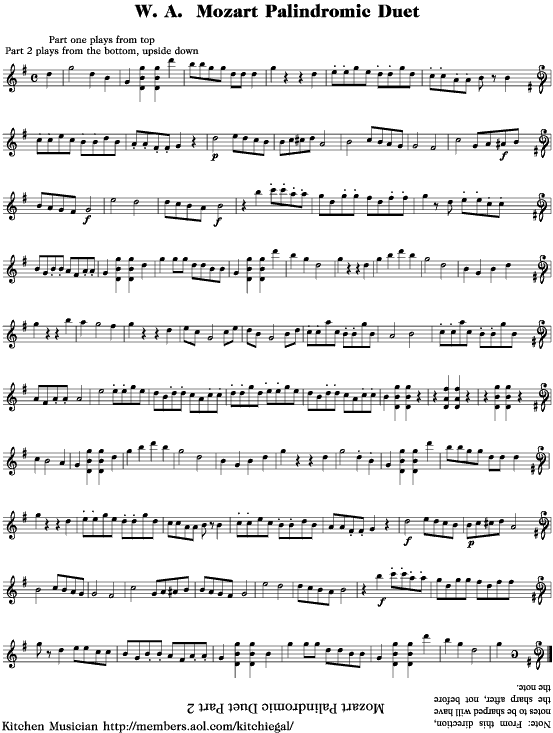
We say a sequence of characters is a palindrome if it is the same written forwards and backwards. For example, 'racecar' is a palindrome, but 'fastcar' is not.
A partition of a sequence of characters is a list of one or more disjoint non-empty groups of consecutive characters whose concatenation yields the initial sequence. For example, ('race', 'car') is a partition of 'racecar' into two groups.
Given a sequence of characters, we can always create a partition of these characters such that each group in the partition is a palindrome! Given this observation it is natural to ask: what is the minimum number of groups needed for a given string such that every group is a palindrome?
For example:
Input begins with the number n of test cases. Each test case consists of a single line of between 1 and 1000 lowercase letters, with no whitespace within.
For each test case, output a line containing the minimum number of groups required to partition the input into groups of palindromes.
3 racecar fastcar aaadbccb
1 7 3